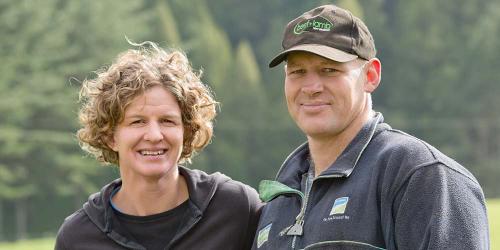Search results
Displaying 331 - 340 results of 1103
- External resource… generally higher summer lower winter expected annual average cost used analysis iii … wintered sheep one quarter beef cattle 18 annually through five yearly advent … year figures doubled 3 initially inflating 2 annually impact follows table 17 sensitivity …
- News… or mitigations. They have also proposed new annual sub-sector emissions reporting to … emissions, B+LNZ held 21 face-to-face meetings and hui and nine joint webinars with … also arranged several smaller ‘wool-shed’ meetings across Southland, provided speakers …

- News… the highlights of Beef + lamb New Zealand’s Annual Meeting and Showcase. …
- Other PDF… around 25 million stock units equivalent annual meat consumption 25 million new … around 25 million stock units equivalent annual meat consumption 25 million new …
- Subject pageBeef + Lamb New Zealand has a number of resources to help manage extremely dry weather conditions. While no one can make it rain, there are management strategies that farmers can put in place to …
- PodcastHill Country Futures was a long-term $8.1m programme focused on future proofing the profitability, sustainability and wellbeing of New Zealand’s hill country farmers, their farm systems, the …

- News… the UK. During the trip, B+LNZ facilitated a meeting with counterparts from England, … gathering in Leamington Spa. The focus of the meeting was to understand the impact of …

- Other PDFcomparing agricultural emissions reduction targets strategies policies internationally summary report november 2024 1 lnz commissioned scan agricultural greenhouse gas ghg reduction targets …
- PodcastFocusing on specialist forages, they generated average post-weaning lamb growth rates of 240 g/day. While primarily used for lambs, this feed was also used for growing out hoggets and had a profound …
